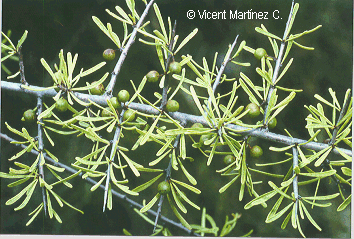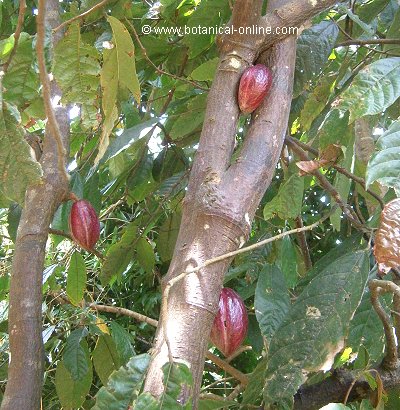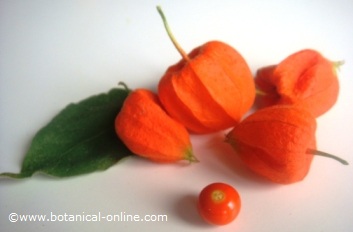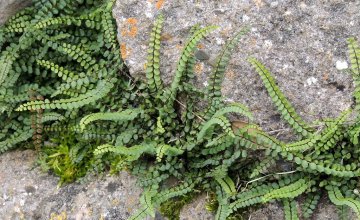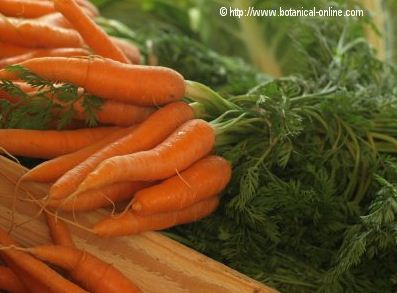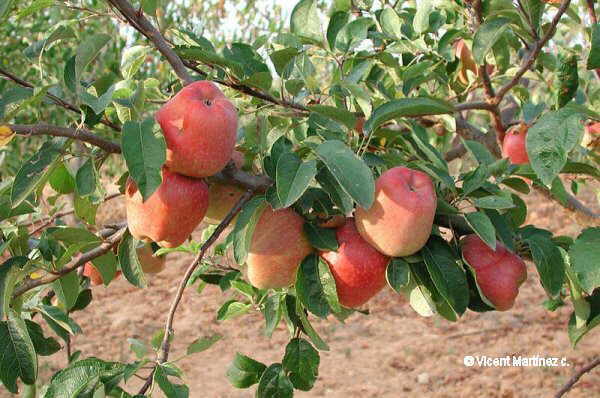Contents
- 1 HOW TO LOOK AFTER A MULBERRY
- 1.1 What is a black mulberry like?
- 1.2 What is a mulberry used for?
- 1.3 Conditions of cultivation of mulberry
- 1.4 Mulberry required soil
- 1.5 MULBERRY REPRODUCTION
- 1.6 Reproduction of mulberry by seed
- 1.7 Transplantation of mulberry
- 1.8 Reproduction of mulberry by cuttings
- 1.9 Mulberry pruning
- 1.10 Mulberry fruit picking
HOW TO LOOK AFTER A MULBERRY
What is a black mulberry like?
A black mulberry (Morus nigra) is a native tree of the Middle East that has been cultivated in the Mediterranean region since ancient times, as it already appears in the treatises of Dioscorides.
It is a deciduous tree, with a wide crown, measuring between 5 – 10 m. high.
Typically cracked bark, which is used in phytotherapy as a purgative.
Hearty leaves, with uneven teeth, apex acuminate, 7 to 22 cm long.
Inflorescence in ament, with monoecious flowers (female flowers and male flowers in the same tree).
The fruits of the mulberry are also called mulberries. They are infrutescences or multiple fruits.
What is a mulberry used for?
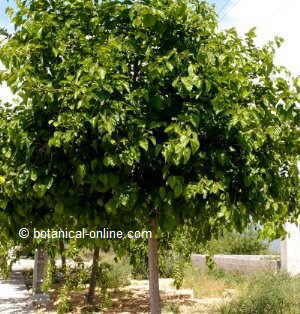 Photo of a black mulberry (Morus nigra)
Photo of a black mulberry (Morus nigra)
- Silkworm feed: In many places, mulberry was not cultivated but its leaves were used to feed the silkworm.
- Ornamentation: For its wide crown and large leaves, mulberry provides a valuable shade the summer months, in addition to its delicious fruits. In fact, mulberry is not found wild in nature, but it is always cultivated by man.
Andrés Laguna (1499–1559), Spanish physician and botanist, wrote in the sixteenth century: “Mulberry is so friendly to human conversation that it does not want to live in the mountains or depopulated, but always in places frequented by men, to whom, with its pleasant and tasty fruit, maintains together with meat and wine“
- Food: Fruits are sweet and slightly acidic, very refreshing. They are eaten raw or cooked, in syrups, preserves and jams.
- Medicinal uses: Bark, leaves and fruits are used, even root appears in some studies. Mulberry bark is purgative, leaves are diuretic and fruits (tree berries) are used to prepare an antiseptic, antiinflammatory and astringent syrup, used against infections of the mouth, sorethoat and colds.
* More information on medicinal properties of mulberry.
Conditions of cultivation of mulberry
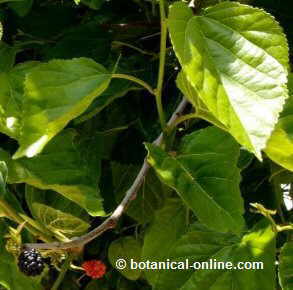 Photo of leaves and fruits of mulberry
Photo of leaves and fruits of mulberry
Mulberry tree is a sturdy and vigorous tree, found in both irrigated and dry land.
It grows in warm or temperate climates. In general they resist the cold, although it depends on the species, and black mulberry is the least resistant to low temperatures.
It is preferable to place it in a sunny location. It tolerates much the wind, to the point that sometimes it is used as windbreaker.
It is a slow growing tree.
Mulberry required soil
Mulberry needs light soils, clayey, well drained and deep so that its long roots can grow.
Precisely, thanks to the capacity of capturing water with its deep roots, it is not necessary to water this tree too much, because inside the soil it obtains the humidity that it needs.
MULBERRY REPRODUCTION
Seedlings obtained by seed are more vigorous and are better adapted to environmental conditions and are more resistant to disease. They can also be obtained by cuttings from an adult tree.
Reproduction of mulberry by seed
Obtain the seed of a healthy and vigorous specimen. When the fruits are ripe enough (they fall to the ground with a shake), pick them up and dry them in the sun for two days.
The whole fruit is then immersed in water for 1 hour and then squeezed until the seeds are well separated from the pulp.
Dry the seeds in the shade for 1 day, then sow quickly in a nursery, protected from the sun. The seed should be buried very shallow, “twice the diameter of the seed,” that is, sprinkle a little fine soil on top.
The seed bed must be thin. It is recommended to choose a substrate rich in nutrients and grind it with flat hands, so that it separates into fine soil until no compact pieces remain. Spray preferably, which will maintain optimum moisture for the seed (If the seed is watered too much, it can easily become rotten).
The germination of the seed takes between 2 and 3 weeks.
Transplantation of mulberry
In winter mulberries must be transplanted in a nursery, where they will be cared for until they are of sufficient size to transplant on definitive soil.
Mulberries are slow-growing trees, which can be grown in pots for many years. Place in the bottom of the pots volcanic stones, to drain the moisture so as the plant can dispose of more oxygen.
Transplant in definitive field when it measures approximately 2 meters. It is recommended to dig a large hole to unpack the soil and encourage rooting. It is advisable to fertilize with humus or other fertilizer and leave the pit open two or three months before transplanting. A distance between trees of at least 5 meters must be maintained.
Trees take between 5 and 10 years to produce fruits.
It is necessary to keep pruning the tree every winter.
Reproduction of mulberry by cuttings
- From the pruned branches cuttings can be made: Select cuttings of 25 – 30 cm. Cut the top sloping, and the part where the roots should be born flat, so as not to confuse us later.
- Apply hormones to favor rooting and plant in a substrate rich in organic matter and fine (without stones or compaction). Place some stones in the bottom to drain the humidity and for the plant to have a greater availability of oxygen.
- Spray preferably with a spray, so as not to flood the solil with too much water.
It may take 6 weeks to take root.
Mulberry pruning
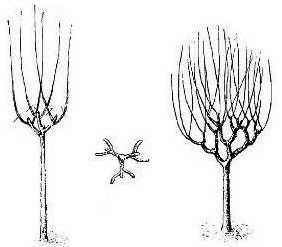 Once pruned, the same tree has developed more branches. The mulberry tree has about 6 unbranched vertical branches. In winter it is pruned by the buds so that every previous vertical branch can generate two. As a result, 8 or 12 more stems appear
Once pruned, the same tree has developed more branches. The mulberry tree has about 6 unbranched vertical branches. In winter it is pruned by the buds so that every previous vertical branch can generate two. As a result, 8 or 12 more stems appearAll prunings are made in winter, when the sap of the tree is at rest. Do it on calm days and never when it rains (we will avoid possible infections).
The first pruning of the mulberry is done when it is a litle tree of approximately 2 meters. The terminal buds of the branches are cut, so that they branch out and thus begin to generate a wide cup (pruning of formation).
Pruning should allow enough aeration inside the tree to make it less susceptible to disease.
Mulberry fruit picking
In summer, the mulberry tree is loaded with fruits in a big way, and these are ripen between July and September. It is important to choose the ripe fruits, because before their maturity they are very bitter, but if they are passed, they undergo fermentations. The months of consumption are between the end of August and September.
In ancient texts, it is said that every two years, the tree produces a harvest more abundant than the others, like all fruit trees. The years of less fruit production, has more leaves.
Before maturing, blackberries are white; while ripening, red, and at the end of their maturity, they are black. They have a sweet and slightly acidic flavor, which makes them very appetizing and refreshing in summer. They are rich in calcium, vitamin C and other antioxidants like anthocyanins.
It is not cultivated as a commercial fruit because the fruit is very sensitive to transport.
![]() More information on mulberry.
More information on mulberry.


